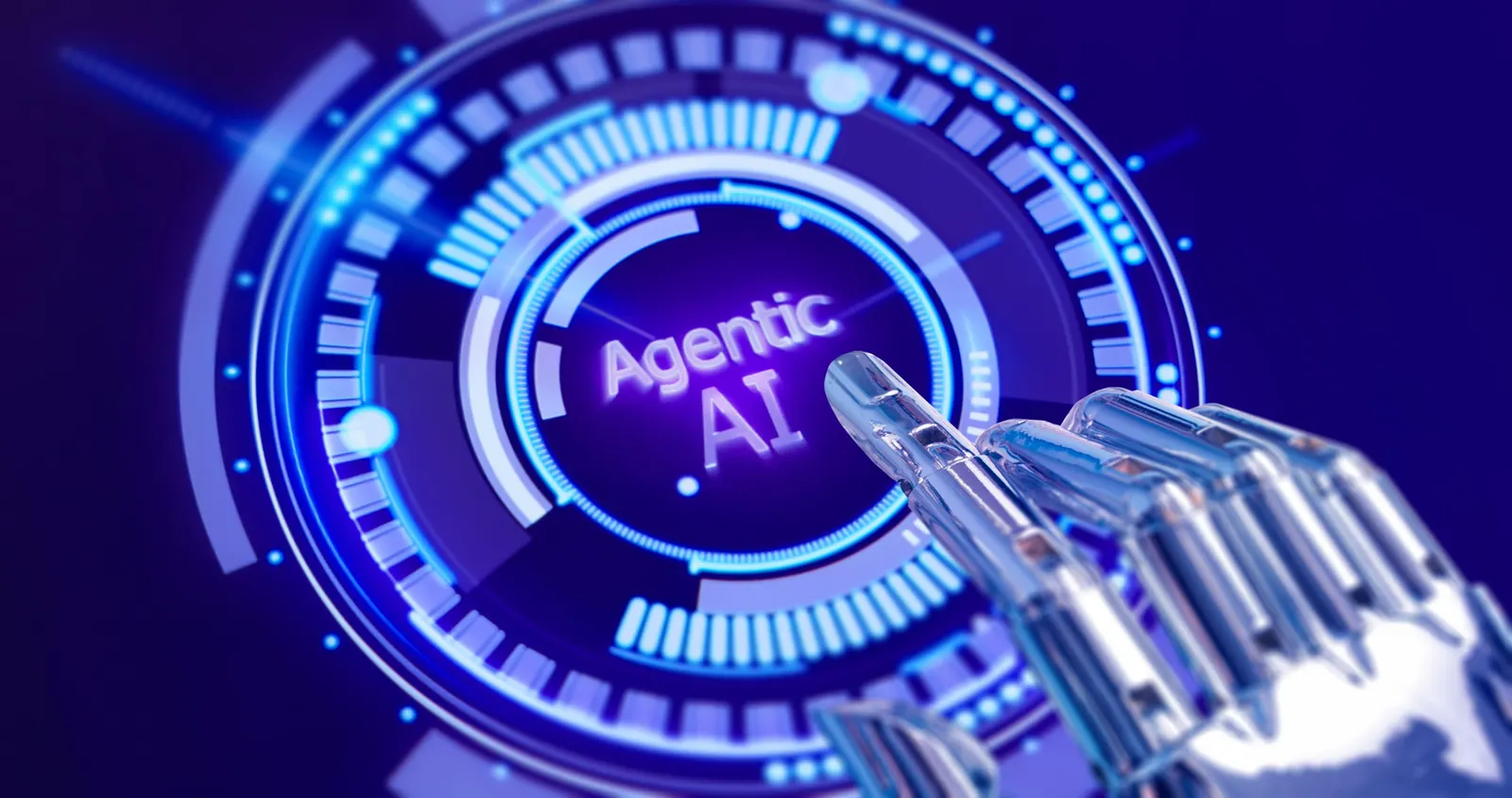Copyright forbes

AI is getting cheaper per token but costlier overall — not from inefficiency, but because companies are unleashing it to do real work. The paradox? Cheaper computation now powers autonomous workloads that are redefining productivity. Picture this: you’re the CIO or CMIO of a mid-sized insurance company reviewing this month’s technology budget. The AI usage report shows something odd — your systems consumed more computational resources in 30 days than in the entire previous year with ChatGPT or Claude. Yet your invoice barely changed. When finance checks for a billing error, the answer surprises you: “Everything’s working exactly as designed.” Welcome to the token paradox of 2025 — where artificial intelligence is becoming both radically cheaper and vastly more expensive at the same time. The Mathematics of the Paradox The economics tell a striking story. Two years ago, running advanced language models cost organizations about $36 per million tokens. Today, the same level of intelligence costs around $4 per million — a 90% drop. Finance teams celebrated, procurement exhaled, and AI appeared to have entered its commodity phase. Then something unexpected happened. Spending didn’t decline — it surged. The reason is simple. The way businesses use AI has changed. We’ve shifted from asking AI questions to assigning AI jobs. From Assistants to Agents Traditional AI use was straightforward. A person asked a question, the model responded, and the exchange ended. One query, one answer, maybe a hundred tokens consumed. The costs were predictable and easy to manage. Agentic workflows operate by a completely different logic. These systems pursue goals autonomously — breaking tasks into steps, calling themselves repeatedly, consulting multiple data sources, evaluating their own output, and iterating until they achieve a defined objective. MORE FOR YOU Take healthcare’s prior authorization crisis, for example. The American Medical Association, AMA reports that medical practices process a median of 43 authorization requests per week, requiring roughly 12 hours of staff time and contributing to widespread burnout. Another study estimate the annual financial burden of prior authorization at $6 billion for payers, $24.8 billion for manufacturers, $26.7 billion for physicians, and $35.8 billion for patients. Now imagine AI agents handling that process — reading physician orders, reviewing patient histories, checking insurance rules, gathering clinical documents, and submitting complete packages. Each case could trigger hundreds of model calls as the agents iterates through steps. Token usage per authorization could reach tens of thousands compared to a simple task of database lookup. But it works — because those tokens cost pennies, while staff time costs dollars per minute. The same logic applies in financial reconciliation. With 75% of certified public accountants, CPAs, expected to retire within 15 years, firms are under pressure. Many outsource reconciliation overseas, accepting delays, training costs, and data security risks. Today, an autonomous agent can reconcile thousands of transactions in minutes — matching deposits and withdrawals, flagging exceptions, and generating audit reports automatically. Each reconciliation burns exponentially more tokens than a simple query, but the total cost is still a fraction of human labor. Across industries, the pattern repeats. A customer service agent might make 50 token-consuming decisions to resolve one ticket. A financial modeling system might consume millions of tokens exploring scenarios that once required teams of analysts. A procurement agent could iterate through thousands of negotiation strategies before recommending optimal terms. Where the Paradox Becomes an Opportunity Here’s where the paradox turns into advantage. At roughly $4 per million tokens, an agent consuming 100 tokens every second costs about $1.50 per hour to operate. Compare that to minimum wage — or to the fully loaded cost of a skilled professional. We’ve reached a point where continuous AI operation costs less than human labor. That’s why, according to the Agentic AI Report, 90% of IT executives now express interest in agentic workflows. Even with token consumption skyrocketing, the total cost remains lower than human alternatives — and throughput often exceeds them by orders of magnitude. What once took teams hours now completes in minutes, without supervision. Why Efficiency Is the Wrong Goal The token paradox forces a shift in perspective. The question isn’t “How do we minimize token usage?” but “What becomes possible when AI can operate continuously below the cost of human labor?” Organizations still optimizing for token efficiency are solving yesterday’s problem. The real opportunity lies in identifying workflows where autonomous agents can consume thousands — or millions — of tokens while generating value that far outweighs the computational expense. This is why AI spending keeps climbing even as unit costs fall. Companies aren’t buying the same service at a lower price — they’re buying a new capability altogether. Intelligent systems no longer just answer questions — they achieve outcomes. Embracing the Paradox The executive leaders who will win the agentic revolution aren’t the ones cutting token bills — they’re the ones who see that cheaper tokens unlock higher-value automation. The paradox isn’t a problem to fix. It’s a signal that AI has finally become inexpensive enough to reimagine entire business processes around autonomous intelligent systems. That insurance CIO or CMIO understood it when expanding AI into underwriting. Token usage tripled. Costs barely moved. Competitive advantage compounded. Sometimes cheaper really does mean more expensive — and sometimes, that’s exactly what you want. Editorial StandardsReprints & Permissions



